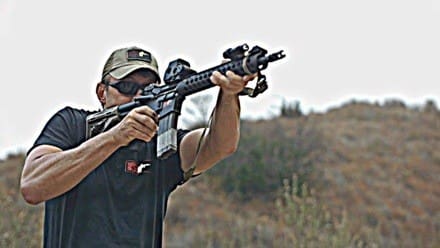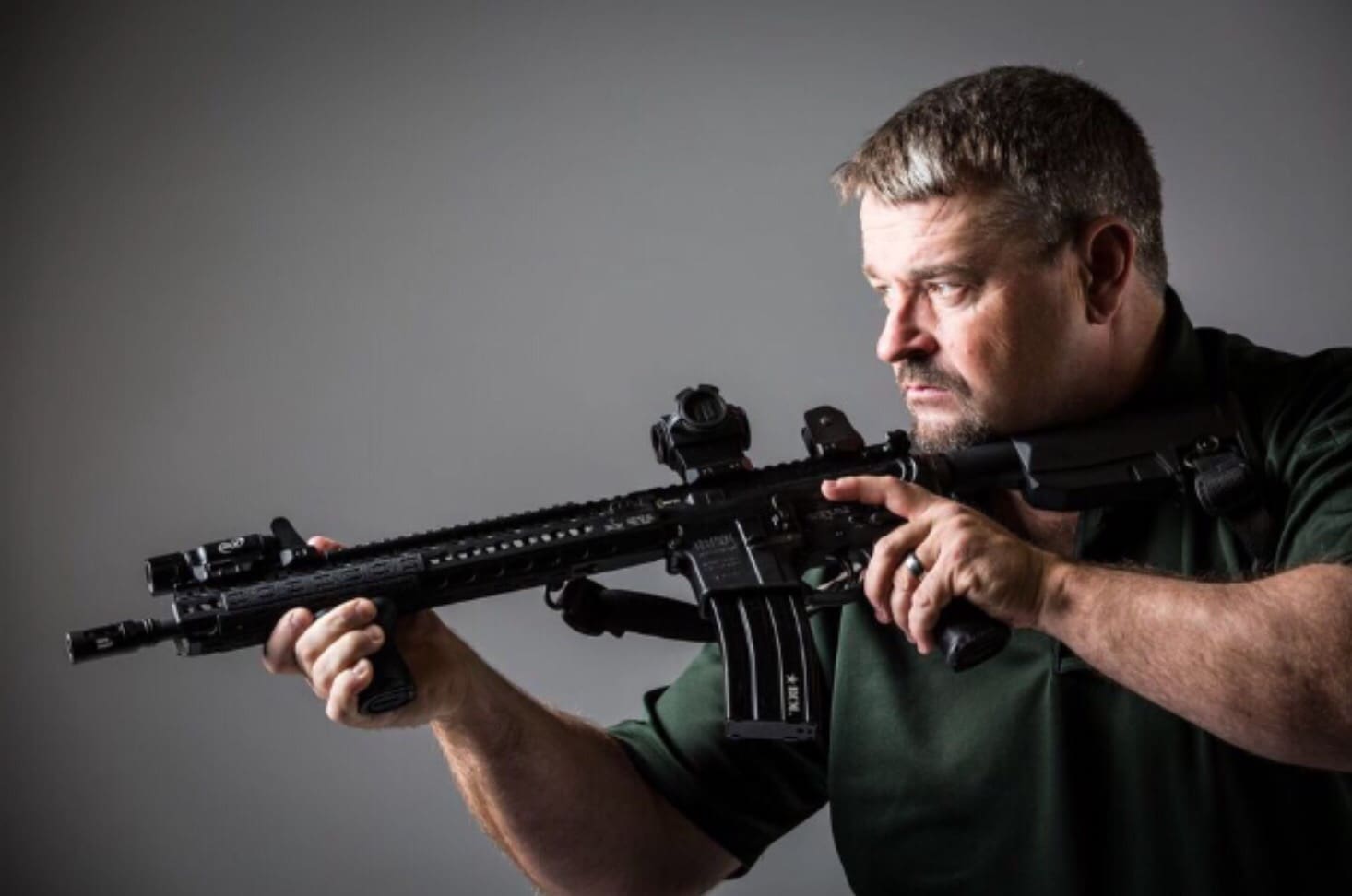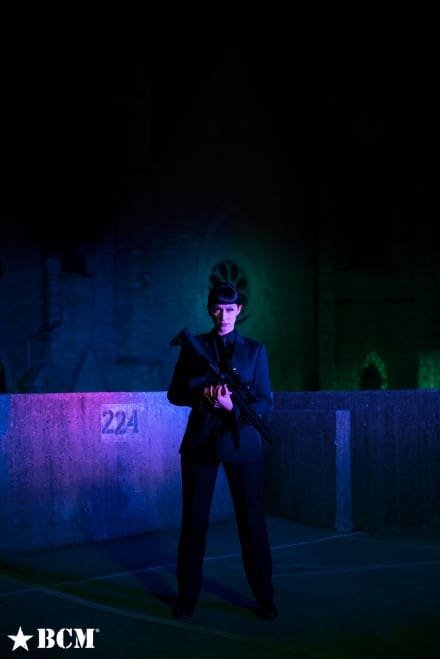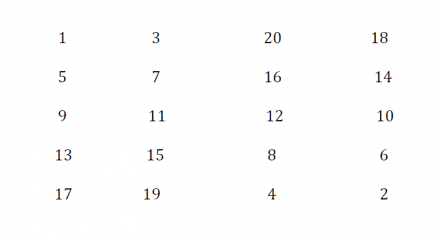We Can Do Better At Training Leaders
One of the most important ass chewings I received in the military was at Robin Sage. During the final phase of tactical training in the Q-Course, I experienced a case of senioritis that impacted my performance. As the patrol leader for a routine ambush mission, I apathetically presented an operations order to my evaluating cadre. Because the ambush is the baseline for teaching military planning and tactics, Green Beret candidates are drilled to the point of exhaustion (and boredom) in the science of mission preparation and execution via ambushes. This familiarity led to a presentation in which I tried to demonstrate how confident I was by delivering a halfhearted mission briefing, classic “too kool for skool” behavior.
Critical to these briefings is the execution portion in which every element confirms its specific tasks with adjacent friendlies and the broader scheme of the operation. This requires precise detail so there is no confusion, but is unavoidably dry and boring in delivery. I thought I could speed through this section by using phrases such as “situation dependent” or “context will dictate”. The evaluating cadre let me get about halfway through before he cut me off.
Releasing a sigh, he looked me straight in the eyes and said, “STOP… Everything in life is situation dependent. Stop speaking in generalities like some bullshit chapter from Sun Zsu’s the ‘Art of War’. Everything about a combat operation is uncertain, that is why we attempt to be as precise as possible during planning” (this was an Army ass chewing, so there were of course a lot more expletives). I was kicked out of my own mission briefing and left to wonder if I had just failed the final phase of Special Forces training.
A few months later, I was on an ODA learning SF’s brand of CQB. During breaks, the other new guys and myself would debate the validity of the different CQB techniques being taught. This was ridiculous. The entire time we misused phrases such as “situation dependent” and “shooter’s preference”. We thought we were adding context to our arguments, but were instead failing to clarify our viewpoints. In reality, we didn’t need to have opinions, we needed to keep our mouths shut and learn. Unlike my use of vagueness in Robin Sage to demonstrate confidence, in the shoot house we failed to clarify our statements because we couldn’t substantiate our opinions with any real evidence or experience. This type of behavior is best described as the “contextual fallacy”.
There is nothing wrong with adding context by declaring “shooter’s preference” and “situation dependent”. For some instructors, it’s a passive habit developed through public speaking. However, there is a difference between framing a concept through contextual statements, versus hijacking these phrases so that we can weasel out of critical thinking. Although shades of grey exist in every situation, it is the job of instructors to clarify uncertainty. After all, you are paying them in part to do so. When they utilize the context fallacy, instructors typically get a pass because their non-committal stance is perceived as a zen-like state of mind. This appeal to authority fools the amatuer, inhibits the growth of the professional, and shifts the norms of the tactical community as a whole towards accepting mediocrity.
In fairness, it is exhausting to approach all new information through a lense of robust analysis. But if that information is gathered for the purpose of being utilized in tactical engagements, in which our lives or the lives of others will be put in danger, shouldn’t this signal a decrease in our willingness to dwell in uncertainty? The contextual fallacy also fools us when it is used to critique procedural rigidity and behavior that discourages adaptability. Yes, we must remain vulnerable to new concepts, but this shouldn’t come at the expense of declaring what we know to be more true than false. Wallowing in vagueness by proclaiming “context!” affords lukewarm arguments a safety net that deteriorates one of our most critical skills as tactical leaders, decisiveness.
Decisiveness does not imply a willingness to reject new information, and instead establishes a foundation that allows us to analyze new details. If we fail to take a stance, we can confuse good luck with good tactics, and jump to haphazard conclusions with incomplete data. We must always ask: what is the evidence, how good is the evidence, are there real world examples that disprove the evidence? Well rounded leaders ask these questions and do their best to falsify unvetted concepts. This does not always need to be a lengthy task, but it does require scholarship beyond browsing 15-second Instagram videos. Absent of this approach, we simply collect facts that can be contradictory, confusing, and catastrophic when used in real tactical engagements.
During battle, leaders must immediately recognize patterns under ambiguous and exigent circumstances. Acting with too little information can be dangerous (e.g. getting baited into a larger attack), but delaying action, when in fact recognizable patterns have occurred, is just as dangerous. Organizations that permit the contextual fallacy as an acceptable line of thinking will inevitably produce individuals that are incapable of assuming leadership during time sensitive operations or crisis management. In these situations, rarely will you possess the desired amount of information and resources; yet decisions still must be made and acted upon. This indicates the importance of promoting the development of decisiveness as a part of tactical learning. We do not create leaders capable of adapting to harsh environments by shortchanging them in training that discourages critical thinking.
But what kind of organization would willingly permit the context fallacy? Most typically do not, and the context fallacy is an undiagnosed cancer that goes unobserved until an agency participates in large-scale training exercises such as active shooter. This is best displayed when a team spends fifteen minutes running through a scenario, then fifty minutes arguing about how they should have attacked the problem. Although discourse should be encouraged, all opinions are not equal and hierarchies of knowledge must be enforced. Ignoring these truths ultimately fails to develop new recruits into potential leaders. Worse, if left unchecked in an organization’s culture, few individuals will be capable of differentiating between ideas that sound good versus ideas that are actually actionable.
The context fallacy is so seductive because it allows individuals to bargain way beyond their means and level of experience. Even better, the moment firm opposition arises, they can retreat back into obscurity with no consequences. This behavior is the antithesis of attaining knowledge because it doesn’t require any discipline, and more importantly, it doesn’t allow for failure. An individual simply observes what others are doing, stands on their shoulders to accomplish something, and then if he fails, he doesn’t take any of the responsibility for it. We must recognize that context frames a situation, but the context fallacy should not be used to bailout weak ideas and cherry-picked information.
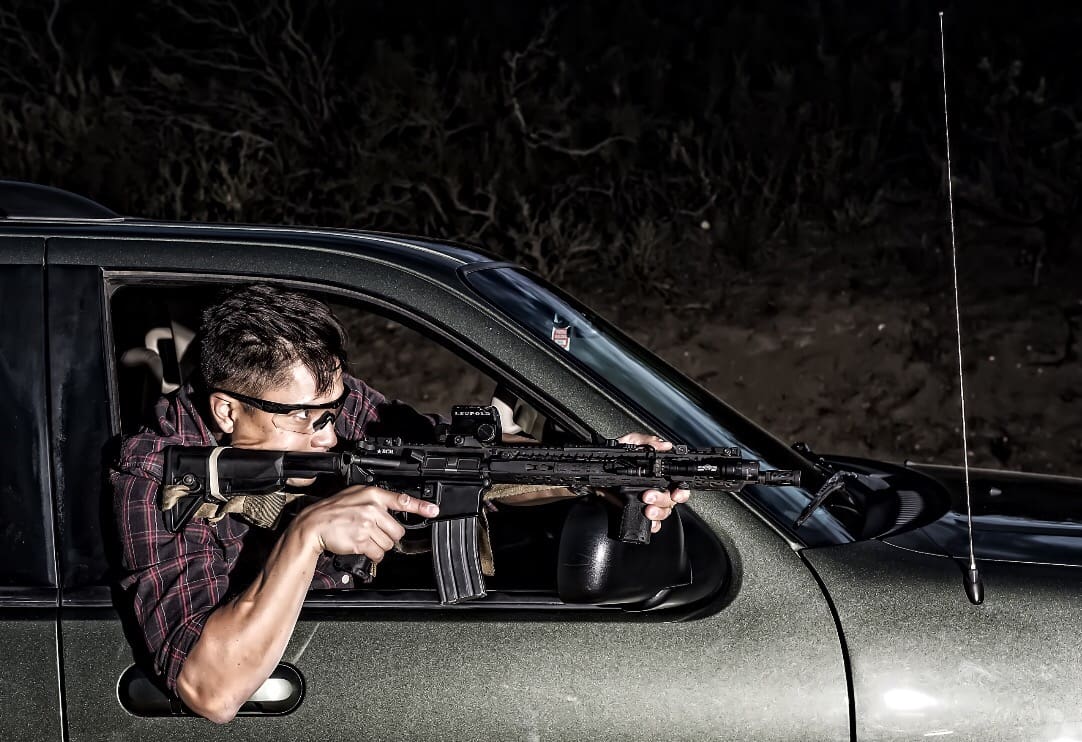
Aaron Barruga is Special Forces veteran with deployments to Iraq, Afghanistan, and the Pacific Theater of Operations. He has trained foreign commandos, police officers, and militia fighters. He is the founder at Guerrilla Approach LLC, where he consults law enforcement officers on counter-terrorism and vehicle tactics.
www.guerrillaapproach.com
www.facebook.com/guerrillaapproach
www.instagram.com/guerrilla_approach
Gunfighter Moment is a weekly feature brought to you by Bravo Company USA. Bravo Company is home of the Gunfighters, and each week they bring us a different trainer to offer some words of wisdom.


